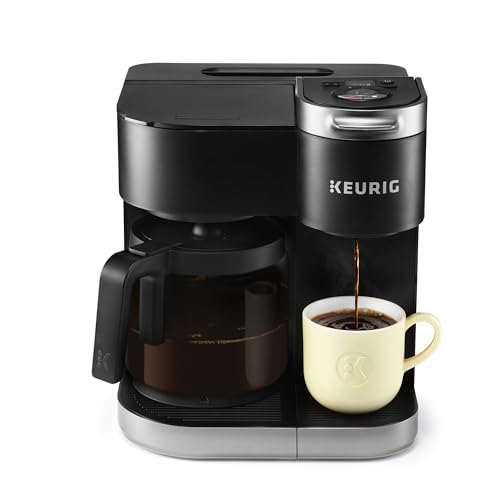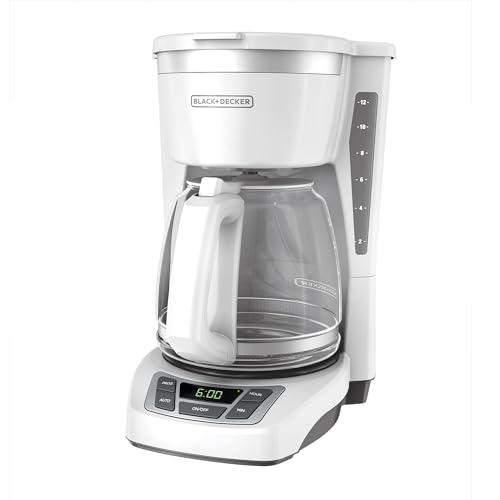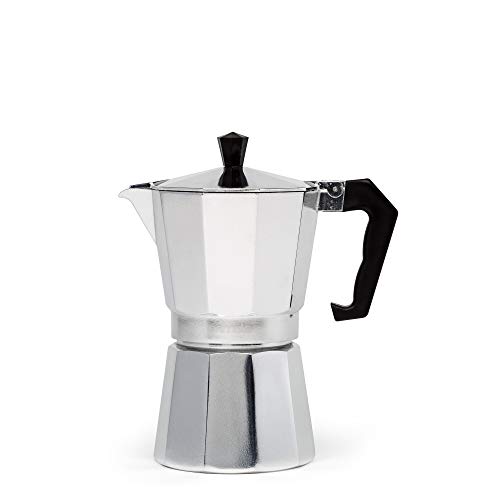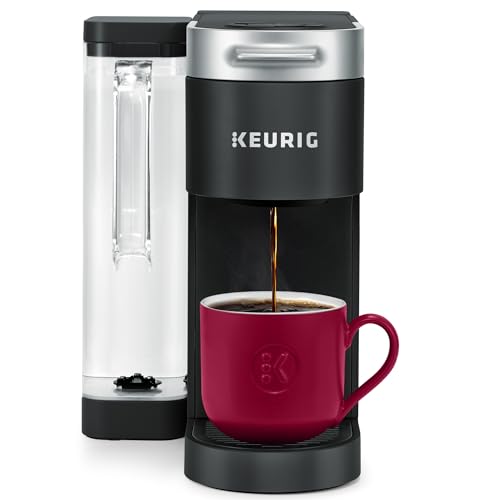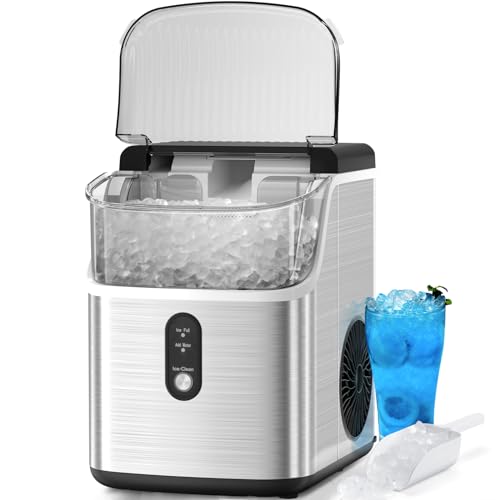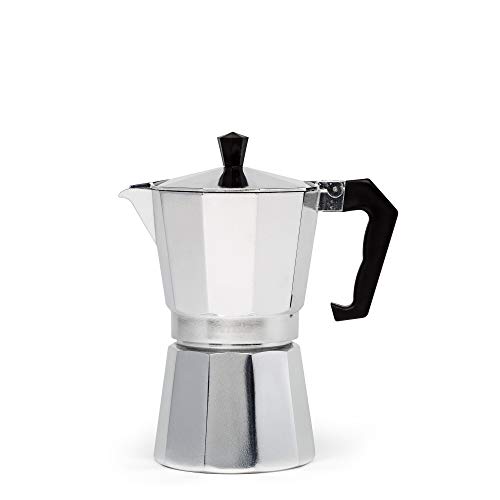How To Sharpen Serrated Knives is a crucial skill that often goes unnoticed until we find ourselves struggling with a dull knife. Serrated knives, with their distinctive toothlike edge, are a staple in most kitchens, popular for their ability to cut through items with a hard exterior and soft interior, like a crusty loaf of bread or a ripe tomato.
However, sharpening these unique blades presents a unique challenge due to their distinct design. Unlike straight-edged knives, serrated knives require specialized techniques and tools for sharpening, which can be daunting to many.
This guide is here to demystify the process, providing clear, step-by-step instructions to help you maintain your serrated knives and ensure they stay in top condition. Whether you’re a seasoned chef or a novice cook, this guide will equip you with the knowledge and skills you need to keep your serrated knives sharp and efficient.
How To Sharpen Serrated Knives
Before we delve into the actual sharpening process, let’s understand what makes serrated knives unique. Their jagged edge, often likened to a saw, functions differently from a straight blade.
Each ‘tooth’ or ‘gullet’ catches and processes a small part of what you’re cutting, which is why a serrated knife doesn’t require as much sheer force as a straight-edged blade. But this functional design necessitates a specific sharpening method, one that caters to each individual serration. Let’s explore how we can accomplish this.
Understanding Your Serrated Knife
Serrated knives differ from their straight-edged counterparts in that they have a series of curved serrations along the edge of the blade. These serrations act like a set of mini knives, which penetrate hard surfaces and tear through soft interiors with ease. The key to sharpening these blades lies in treating each serration individually.
Tools for Sharpening
The primary tool needed to sharpen serrated knives is a ceramic honing rod, tapered to match the size of the serrations on your knife. It’s important to choose a rod that’s narrower than the serrations to ensure it can reach all the way into each groove. A diamond-tapered rod can also be used for the same purpose, especially for larger serrations.
The Sharpening Process
Start by locating the beveled edge of the knife – this is the side you’ll sharpen. Most serrated knives are beveled on one side only, and it’s essential to maintain this singular bevel to preserve the knife’s cutting ability. Each groove should be sharpened one at a time, using light, sweeping strokes along the entire length of the rod.
Honing and Finishing
After each serration has been sharpened, the knife edge should be honed to remove any burr left from the sharpening process. This can be accomplished by carefully running the flat side of the knife against the honing rod, applying light pressure. Once honed, your serrated knife should be cleaned to remove any residual metal shavings.
See more: How To Dispose Of Knives
How To Identify A Dull Serrated Knife

Just like straight-edged knives, serrated knives can also become dull over time. This dullness isn’t always as obvious, given the knife’s design and function. Consequently, you might continue using a dull serrated knife, unaware of the decreased efficiency and potential safety risks.
Identifying a dull serrated knife requires careful observation and a basic understanding of its functioning. Remember, a serrated knife operates by a sawing motion and not by a push cut. Therefore, if you notice that you’re applying more force than normal while sawing, or the knife is failing to grip the surface of what you’re cutting, it’s likely that your knife has become dull.
Another sign of a dull serrated knife is a visibly worn-down or flattened serration. Since serrated knives can remain sharp for a long time, these signs may indicate that your knife is not just dull, but also significantly worn down. This condition might require more extensive sharpening, or in severe cases, a professional’s assistance.
Lastly, if your serrated knife is tearing rather than slicing through food, especially soft items like bread or tomatoes, it’s a clear indication of a dull blade. A sharp serrated knife will cut smoothly, maintaining the integrity of the food. So, if you observe tearing or mashing, it’s time to sharpen your knife.
Now that we’ve covered how to identify a dull serrated knife, look out for these signs in your kitchen. Sharp knives not only enhance your culinary experience but also ensure safety, making this skill essential for everyone.
Remember, even if your knife doesn’t exhibit these signs, it’s still good practice to sharpen your serrated knives periodically. Regular maintenance will ensure their longevity and optimal performance. So, take out your honing rod and start sharpening; your kitchen utensils will thank you.
FAQs
Maintaining your serrated knives isn’t just about sharpness; it’s also about ensuring your safety and enhancing your culinary experience. With a little practice and patience, you can master the art of sharpening these blades, preserving their efficacy, and extending their lifespan.
How often should I sharpen my serrated knives?
Unlike straight-edged knives that require regular honing, serrated knives do not need to be sharpened as often. The frequency of sharpening depends on the usage of the knife. For a knife that’s used daily, a good rule of thumb is to sharpen it every six months.
However, if you use your knife less frequently, once a year might be sufficient. Regular maintenance is key to preserving the longevity and performance of your serrated knives.
Can all serrated knives be sharpened at home?
Yes, most serrated knives can be sharpened at home using a ceramic or diamond-tapered rod. However, knives with very fine, intricate serrations, or those which are significantly worn down, might require professional sharpening.
It’s important to evaluate the condition of your knife and make an informed decision. If in doubt, consult a professional to avoid causing damage to your knife.
What should I do if my knife is severely worn down?
If your serrated knife is severely worn down, it might require more extensive sharpening than the standard maintenance process. In certain cases, it might even require reshaping of the serrations, a process that is best left to professionals. Seeking professional help ensures that your knife is restored to its optimal condition without causing further damage.
Is it possible to over-sharpen a serrated knife?
Yes, it is possible to over-sharpen a serrated knife. Over-sharpening can cause the serrations to wear down prematurely and may affect the functionality of the knife.
It’s important to sharpen your knife only when it shows signs of dullness or decreased efficiency. Regular inspection of your knife’s condition and understanding its functioning can help prevent over-sharpening.
Final Thought
Caring for your serrated knives is crucial not only for your culinary adventures but also for your safety in the kitchen. A sharp knife is a safer knife, as it requires less force to cut through food and is therefore less likely to slip or misdirect.
Knowing how to sharpen your serrated knives at home can save you time and money. It’s a skill that can be mastered with patience and practice. Remember, the key to effective sharpening is choosing the right sharpening rod and using the correct technique.
Keep in mind that while most serrated knives can be sharpened at home, some may require professional help. This is especially true for knives with intricate serrations or those that are severely worn down. An expert can restore these knives to their optimal condition without causing further damage.
In conclusion, maintaining your serrated knives’ sharpness is an essential kitchen skill. Whether you’re a professional chef or a home cook, a sharp knife will enhance your cooking experience and ensure your safety. So, don’t neglect this important aspect of kitchen maintenance. Happy cooking!
